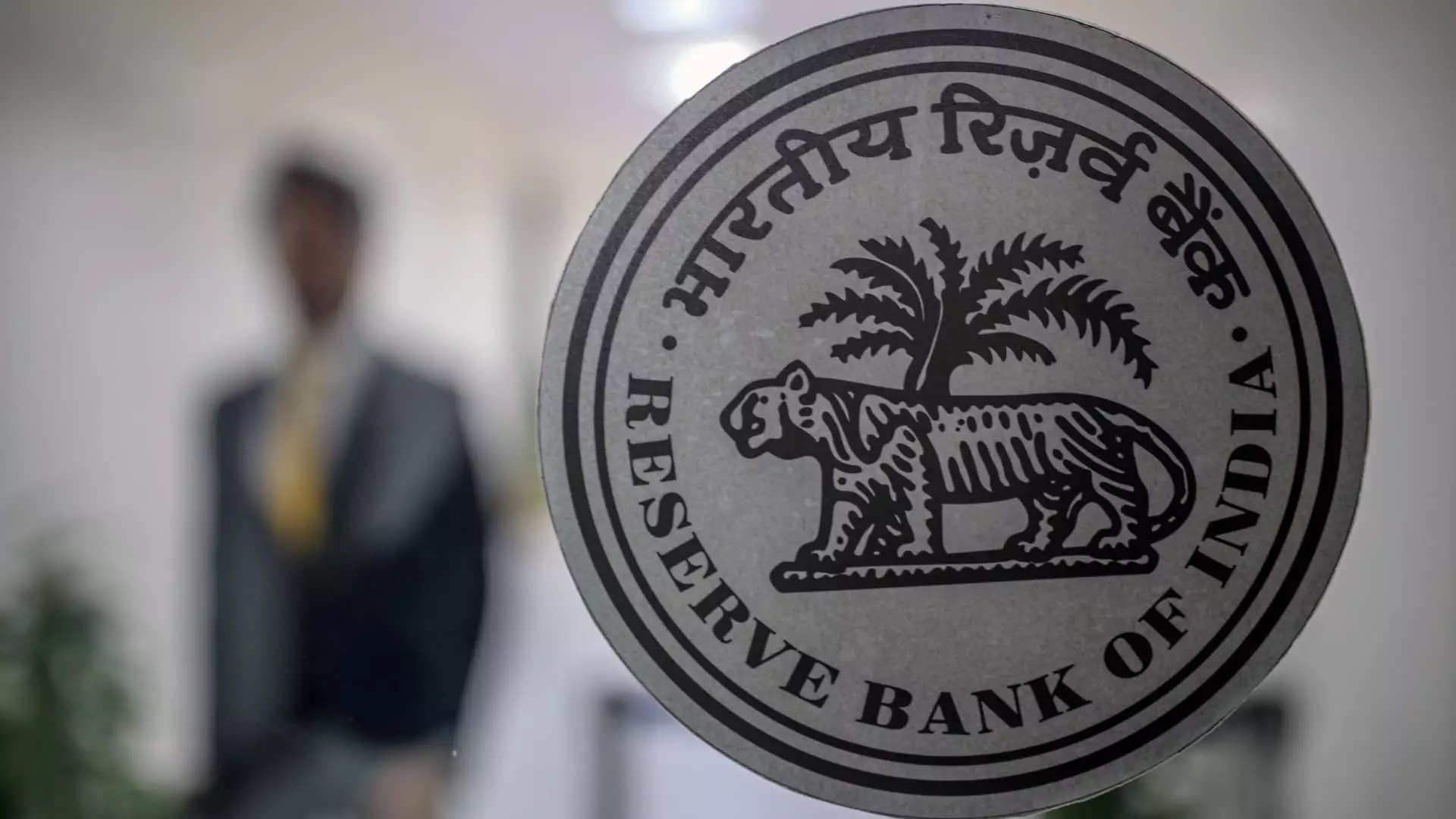India’s monetary policy has been a subject of immense scrutiny as its central bank, the Reserve Bank of India (RBI), navigates the dual challenges of rising inflation and sluggish economic growth. On the surface, the RBI’s decision to maintain the benchmark interest rate at 6.50% reflects anticipated caution. However, it unveils a more complex narrative regarding the broader economic landscape and the potential ramifications for businesses and consumers alike.
Inflation Dynamics: A Headwind for Growth
The recent spike in India’s consumer price inflation, which reached a 14-month high of 6.21% in October, has significantly deviated from the RBI’s target of 4%. This rise not only exceeds the central bank’s upper tolerance limit of 6% but poses an urgent dilemma: how can the RBI combat inflation without stalling economic recovery? The inflationary pressure is exacerbated by persistent commodity price increases and supply chain disruptions, both of which are reverberating across various sectors. In such a scenario, any attempts to curb inflation through aggressive interest rate hikes may inadvertently strangle economic growth.
As India’s economic performance in the July to September quarter fell drastically short of expectations, recording only a 5.4% growth rather than the anticipated 6.5%, the need for a recalibrated approach becomes evident. The RBI’s revised forecast of 6.6% GDP growth for the fiscal year 2025 is a telling indicator of the prevailing economic uncertainty; contrasting this with its previous projection of 7.2% elucidates the economic headwinds that are brewing on the horizon.
The RBI’s recent adjustment to a “neutral” policy stance—moving away from a stance labeled as a “withdrawal of accommodation”—demonstrates an effort to strike a balance between addressing inflation and supporting growth. This nuanced shift suggests an awareness that the tight rope of monetary policy is becoming increasingly precarious. A 50-basis-point cut in the cash reserve ratio aims to enhance liquidity and stimulate lending, yet it raises questions regarding its sufficiency.
In response to the evident economic strain, Indian government officials—including Finance Minister Nirmala Sitharaman—have advocated for reduced borrowing costs to foster a more conducive environment for industrial growth. Despite this, RBI Governor Shaktikanta Das has emphasized the need for caution, labeling any immediate rate cuts as “premature and risky.” This dichotomy between the government’s desire for stimulus and the central bank’s focus on inflation containment raises critical questions about the efficacy of coordinated monetary and fiscal policies.
The financial markets reacted with an air of indifference following the RBI’s announcement. The Indian rupee’s stability—a small shift to 84.666 against the U.S. dollar—emerges as a silver lining amid broader concerns about currency depreciation. The muted response highlights a prevailing sentiment among investors: the need for stability in an otherwise volatile economic environment.
Additionally, equity markets have shown resilience, with the Nifty 50 index experiencing minor fluctuations but overall stability since the GDP figures were released. With a year-to-date gain of 13.7%, the Indian stock market reflects underlying investor confidence, contrasting sharply with declines seen in broader Asian indices such as the MSCI Asia ex Japan.
On the bond front, the rallying of Indian bonds, particularly the notable drop in 10-year benchmark yields, speaks volumes about investor sentiment leaning toward safe-haven assets amid uncertainty. However, these shifts could lead to potential pitfalls, particularly if global investors perceive continued high inflation as a risk to Indian assets.
The path forward for India is fraught with challenges. The possibility of further inflationary pressures—notably from global commodity markets—coupled with geopolitical tensions, places the RBI in a precarious position. The intertwined fates of inflation control and economic growth trajectory will compel the RBI to act with agility and foresight.
Hence, the pressing imperative remains: how can India orchestrate an economic revival while ensuring monetary stability? Policymakers will have to embrace innovative strategies that not only curb inflation but also invigorate growth—a balancing act that will be scrutinized closely by economic stakeholders in the months to come. The futures of both consumers and businesses hang in the balance as the RBI continues its tightrope walk between risk management and economic rejuvenation.

